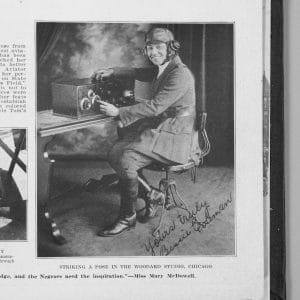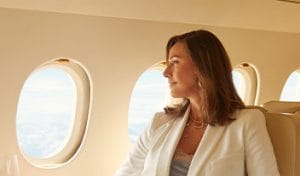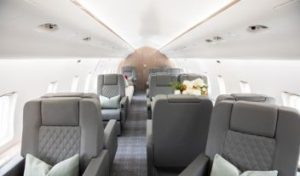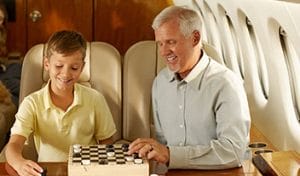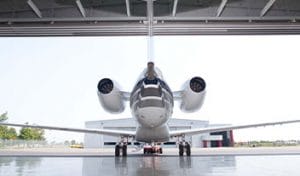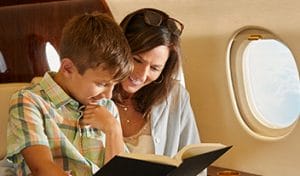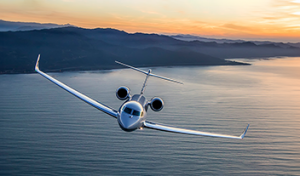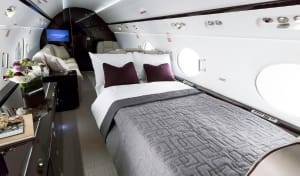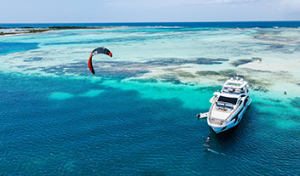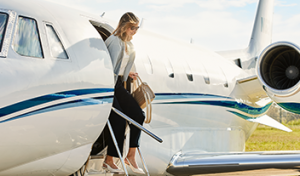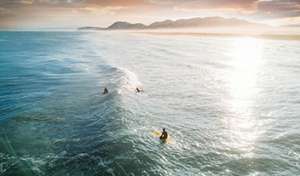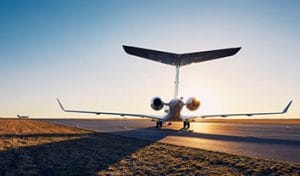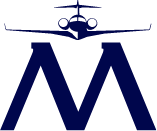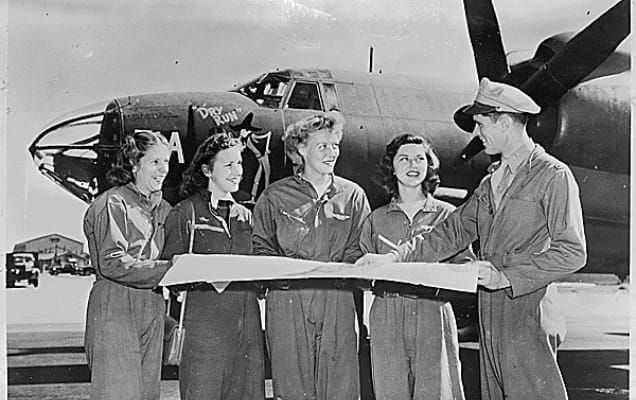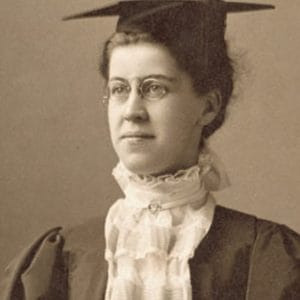Between 1942 to 1944, a pioneering group of women aviators was organized to test and ferry aircraft and train new pilots to help the war effort. They were the first women to fly military aircraft for the United States. While they did not see combat, they handled important logistical missions and training flights across the country so that other experienced pilots could join the fight against the Axis powers. In honor of Women’s History Month, read about the service and sacrifice of the Women Air Force Service Pilots (WASPs) of the Second World War.
Above photo: Four members of the United States Women’s Airforce Service Pilots (WASPs) receive final instructions as they chart a cross-country course on the flight line of U.S. airport. (National Archives)
THE WOMEN AIR FORCE SERVICE PILOTS GO TO WAR
‘FREE A MAN TO FIGHT’
As the United States ramped up its military prowess following the bombing of Pearl Harbor, the nation faced a shortage of experienced civilian and military pilots. Before America had even entered the conflict, two accomplished female aviators, Nancy Love and Jackie Cochran, were already advocating for women to help fill the pilot gap. Their efforts would create the Women Air Force Service Pilots.
Described by a friend as “so darn independent, so strong willed and so naturally intelligent,” Jackie Cochran had racked up a series of impressive aviation accomplishments by the outbreak of the war. After Germany invaded Poland in September 1939, Cochran wrote to First Lady Eleanor Roosevelt to propose that America’s women pilots fly non-combat missions that would otherwise be flown by experienced male pilots-thus allowing those male pilots to fly dangerous missions. This and other similar plans were part of the effort to, as one wartime slogan would put it, “Free A Man To Fight.” But despite Cochran’s constant letter-writing and advocacy, PBS reports, “nothing came of her suggestions for a couple of years.”
However, the idea was already being put into practice across the ocean. The USA didn’t enter the global conflict until late 1941; by that time, England had been fighting for two years and had a pilot shortage of their own. To meet their needs, the British Royal Air Force organized the Air Transport Auxiliary, which used trained women aviators to ferry aircraft from “anywhere to anywhere” as they were needed. Cochran studied the Air Transport Auxiliary, organizing a group of 25 American women fliers to travel to London and learn from the British operation.

Women Air Force Service Pilots during WWII. (National Archives)
Nancy Love, meanwhile, had been bitten early by the aviation bug, earning her private pilots’ license in 1930 at just 16 years old. Prior to the war, she sold aircraft for Beechcraft and Waco, tested aircraft for Gwinn and Hammond, and served as a pilot for the Bureau of Air Commerce. While the United States remained neutral in the first few years of WWII, Love worked ferrying aircraft to Canada that would later be transferred to the other Allied powers.
Around the same time Cochran made her proposal, Love also suggested a plan for women pilots to ferry aircraft and free men up to fight-but the Chief of the Army Air Force, Gen. Harry “Hap” Arnold, did not initially support the idea. Eventually, Air Transports Commander Col. William Tunner recognized the plan’s potential. Love qualified as the first female pilot in the Army Air Forces in September 1942, and was named the head of the new “Women’s Auxiliary Ferrying Squadron,” or WAFS.
Cochran returned from the U.K. angered that Love’s plan had been put into action while hers had been ignored. According to the National World War Two Museum, Gen. “Hap” Arnold had promised Cochran the role given to Love, so she went to Washington to confront him. Cochran’s plan had included more than just ferrying planes; she wanted women to be involved in all aspects of military aircraft training. Days after the WAFS were created, Gen. Arnold put Cochran in charge of the Women’s Flying Training Detachment, or WFTD, which would train pilots for Love’s WAFS.
The WAFS and WFTD were combined into one unit in 1943-the Women Air Force Service Pilots, or WASP, with Cochran in charge and Love running ferrying operations. The organization even had a mascot, “Fifinella,” a female gremlin with wings and flight goggles, conceived by children’s author Roald Dahl and drawn by Walt Disney.
WOMEN AIR FORCE SERVICE PILOTS TRAINING AND IMPACT
According to the National Museum of World War II Aviation, a total of 25,000 women applied to the WASP training program. Of those 25,000, only 1,830 were admitted; just 1,074 would complete the course. Applicants had to be 18 years old with a pilot’s license and prior flight experience. They were required to pay for their own lodging and food, as well as their ill-fitting uniforms that only came in male sizes. Despite all these obstacles, the Army’s website notes that the WASPs had a better “wash-out” rate than their male counterparts.
The WASP pilots trained at Avenger Field in Sweetwater, Texas. As the Bullock, Texas State History Museum writes, “Life wasn’t always sweet at Sweetwater:”
The training Women Airforce Service Pilots received was as rigorous as that of the male cadets. Although the women were already licensed pilots, they had to learn to fly America’s military aircraft. If an instructor felt a trainee was not meeting the requirements during any phase of flying training, that trainee was sent on a check ride with an Army check pilot. If the trainee failed the check ride, she went before the commanding officer and a board who determined whether or not she would stay in the program. If expelled, action was swift. A woman could be in camp one day, and her locker cleaned out the next.
From 1942 to 1944, the WASPs ferried a total of 12,650 aircraft across the United States, logging over 60 million miles flying 78 different types of aircraft to over 120 bases around the country. They flew everything the Army had, from lightning-fast fighters to multi-engine bombers to heavy transports. Nancy Love would become the first woman to fly many of these military aircraft, and Jackie Cochran would become the first woman to fly a bomber across the Atlantic Ocean; some of the women pilots would even test early jet aircraft.
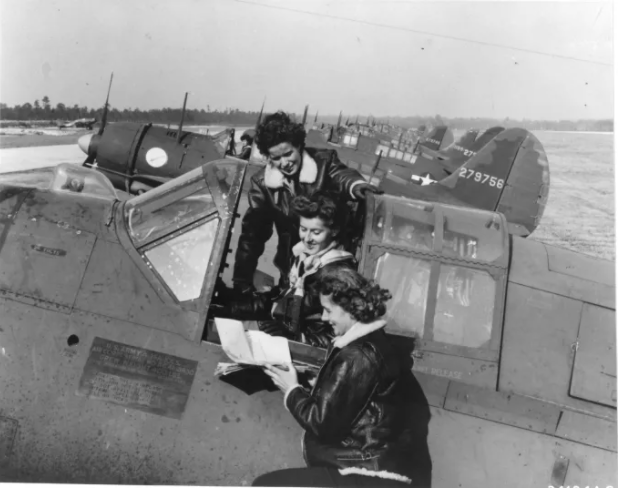
Women Air Force Service Pilots during WWII. (National Archives)
WASP pilots were instrumental in bringing newly-built aircraft from factories to military airfields and training grounds, but their duties didn’t end there. They performed a variety of flying jobs including towing planes for anti-aircraft gunnery targeting exercises, transporting equipment and personnel, flying searchlight tracking missions, and testing recently repaired aircraft before they went back into service. Some even trained male pilots in flight, gunnery, and navigation.
“Jackie Cochran herself called these the ‘dishwashing jobs of the Army,” author Sarah Byrn Rickman said in an Associated Press article about the WASPs. “They were the jobs the men really didn’t want to do because they considered them boring or beneath them, but the women wanted to, because they would do anything to fly.”
The WASPs were disbanded in late 1944 after the government decided they were no longer necessary; the pilot shortage that had stymied the Army Air Corps had passed. During the 16 months the program was active, a total of 37 WASP pilots were killed in aircraft accidents, while 36 more were injured.
LEGACY OF THE WASPS
Because of a combination of wartime secrecy, sexism, and governmental stubbornness, it took decades for the WASP pilots to get proper recognition-but even during the war, they were not treated equally. Political pressure kept them from being absorbed into the military, and they faced newspaper columnists and even male pilots calling for them to step down and let men take on their duties.
Though Cochran, Love, and Gen. Arnold had all pushed for the WASPs to be fully integrated into the U.S. military, Congress rejected the proposal. As a result, WASP pilots remained U.S. federal civil service employees and weren’t entitled to military benefits for injury or death. One WASP pilot recalled that, after another pilot was killed in a crash, other WASPs “passed a hat around to collect money to send her body home-the Army wouldn’t pay for it.”
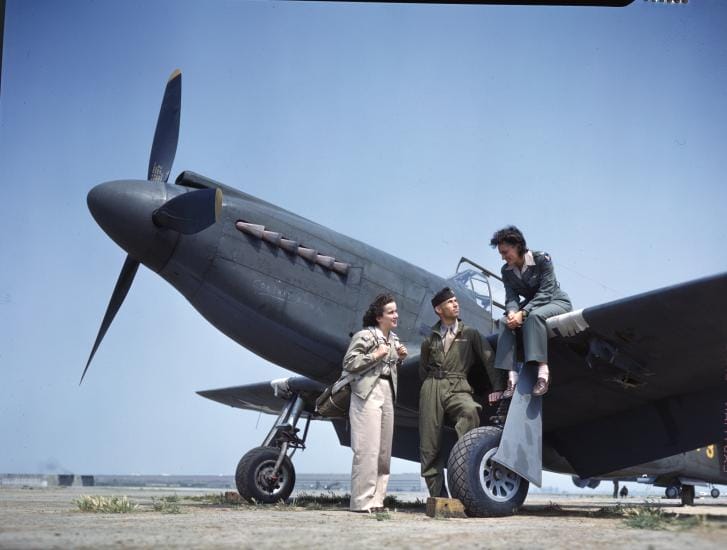
Women Air Force Service Pilots during WWII. (National Archives)
When the final class of WASPs graduated on December 7, 1944, three years to the day after the Pearl Harbor attack, Gen. Arnold told the women, “We of the AAF are proud of you; we will never forget our debt to you.” But with records of their service kept classified and hidden from the public, their accomplishments were not widely acknowledged. According to the Air Force Historical Support Division,
After the war ended the next year, the WASPs were in fact forgotten … Americans became absorbed into everyday routines of living, and no longer remembered the WASPs’ contribution to the nation. When in the 1970s the Air Force announced that it would begin to accept women for pilot training, the media reported the story as if this would be the first time women could fly for the US military.
WASP pilots were taken aback. “When the Air Force Academy decided they were going to take women, and they made the announcement that for the first time in history women were going to fly military aircraft, it really set a bomb under all of us,” a WASP pilot told PBS. “I thought: ‘Come on, after all we put into that program.”
Finally, in 1977, legislation was signed by President Jimmy Carter that recognized WASPs with military status and made veteran benefits available to them. Even then, they faced pushback from the American Legion, which said recognizing WASPs as veterans “would denigrate the term ‘veteran’ so that it will never again have the value that presently attaches to it.” The bill was championed by Arizona Sen. Barry Goldwater, who had flown with WASP ferry pilots during the war and said “their performance was equal to or better than that of their male counterparts.”
In 2009, President Barack Obama awarded the WASPs the Congressional Gold Medal, the nation’s highest civilian honor, saying, “The Women Airforce Service Pilots courageously answered their country’s call in a time of need while blazing a trail for the brave women who have given and continue to give so much in service to this nation since … Every American should be grateful for their service, and I am honored to sign this bill to finally give them some of the hard-earned recognition they deserve.”
Perhaps WASP pilot Annelle Henderson Bulechek best summed up the legacy of these pioneering aviators: “You don’t need legislation to prove something … you can be whatever you set your heart and head to be, and don’t let anybody tell you can’t be, because 1,078 women pilots did it in World War II.”
READ MORE ABOUT WOMEN IN AVIATION
BESSIE COLEMAN, THE FIRST BLACK WOMAN TO EARN A PILOT’S LICENSE
